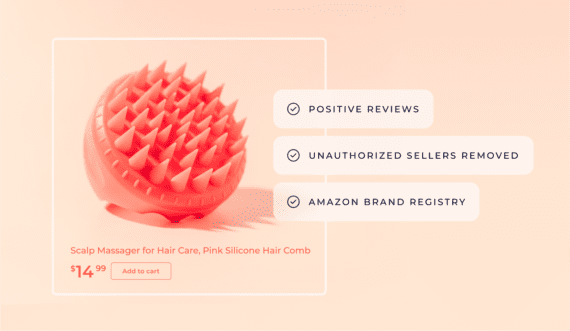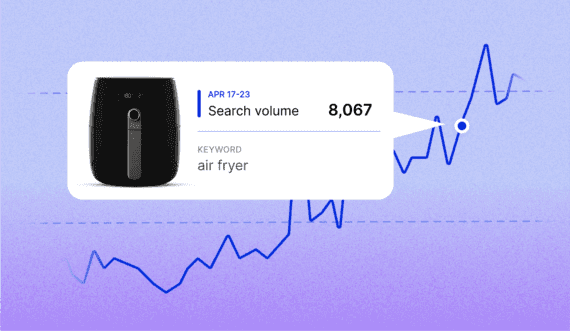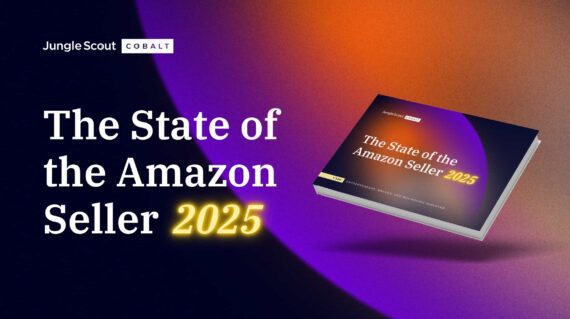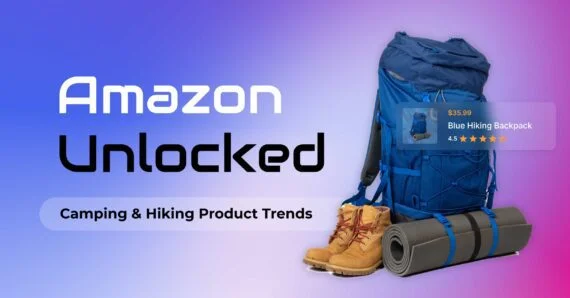Establishing a solid brand identity is crucial in the dynamic landscape of ecommerce, where thousands of businesses are vying for consumer attention. Branding is not just about having a memorable logo or catchy tagline; it’s about creating a connection and building trust with your audience.
Proper branding enables your ecommerce business to become easily recognizable and stand out in a crowded marketplace,allowing your business to become a household name in your niche.
This guide will dive into why ecommerce businesses should prioritize branding, how to go about it, and practical strategies to promote your brand in 2024.
Why branding matters in ecommerce
A brand is more than just a company that sells products — a brand is a memorable experience that starts when a customer becomes aware of your business, to the point of purchase, and beyond. It’s often the reason a consumer purchases one product over another.
Here are five benefits strong branding allows your ecommerce business to tackle:
1. Build trust and credibility
In the online world, trust is everything. A well-defined brand with a consistent and professional image builds trust among customers. When consumers trust your brand, they are more likely to purchase and become loyal supporters of your brand.
2. Achieve differentiation in a crowded market
In 2024, selling on Amazon and ecommerce as a whole is more popular than ever — building a brand helps you stand out from the competition. It gives your business a unique identity and allows customers to differentiate you from similar offerings.
Read more:
3. Create emotional connections
Successful brands evoke emotions in their customers. Whether it’s excitement, trust, or nostalgia, these emotions drive purchasing decisions. A strong brand creates a sense of belonging and resonance with your target audience.
4. Increase perceived value
A well-branded ecommerce business is perceived as more valuable. People often pay a premium for products or services from a brand they trust and identify with.
5. Decrease customer acquisition costs
Strong branding can significantly reduce customer acquisition costs when your brand is well-known and trusted. Customers are more likely to find you through organic search, referrals, social media, and repeat business — meaning you can spend less on expensive advertising campaigns to attract new customers.
How to brand your ecommerce business
Creating a compelling brand identity is a pivotal step in establishing a successful ecommerce venture. It’s not just about having a recognizable logo or a catchy tagline; it’s about crafting an experience that resonates with your audience.
Here, we’ll guide you through the essential steps to brand your ecommerce business effectively in 2024.
1. Define your brand identity
- Mission and values. Clearly define your mission and your brand’s values. This helps shape your brand’s personality that becomes recognizable.
- Target audience. Understand who your ideal customers are. Knowing their preferences, pain points, and aspirations will guide your branding efforts.
- Unique selling proposition (USP). Identify what differentiates your business from competitors. This could be product quality, exceptional service, or a unique selling point.
Use Jungle Scout’s Review Analysis with AI Assist tool to get a comprehensive analysis of your competitor’s product reviews so you can determine how to improve your product and differentiate it from competing products.
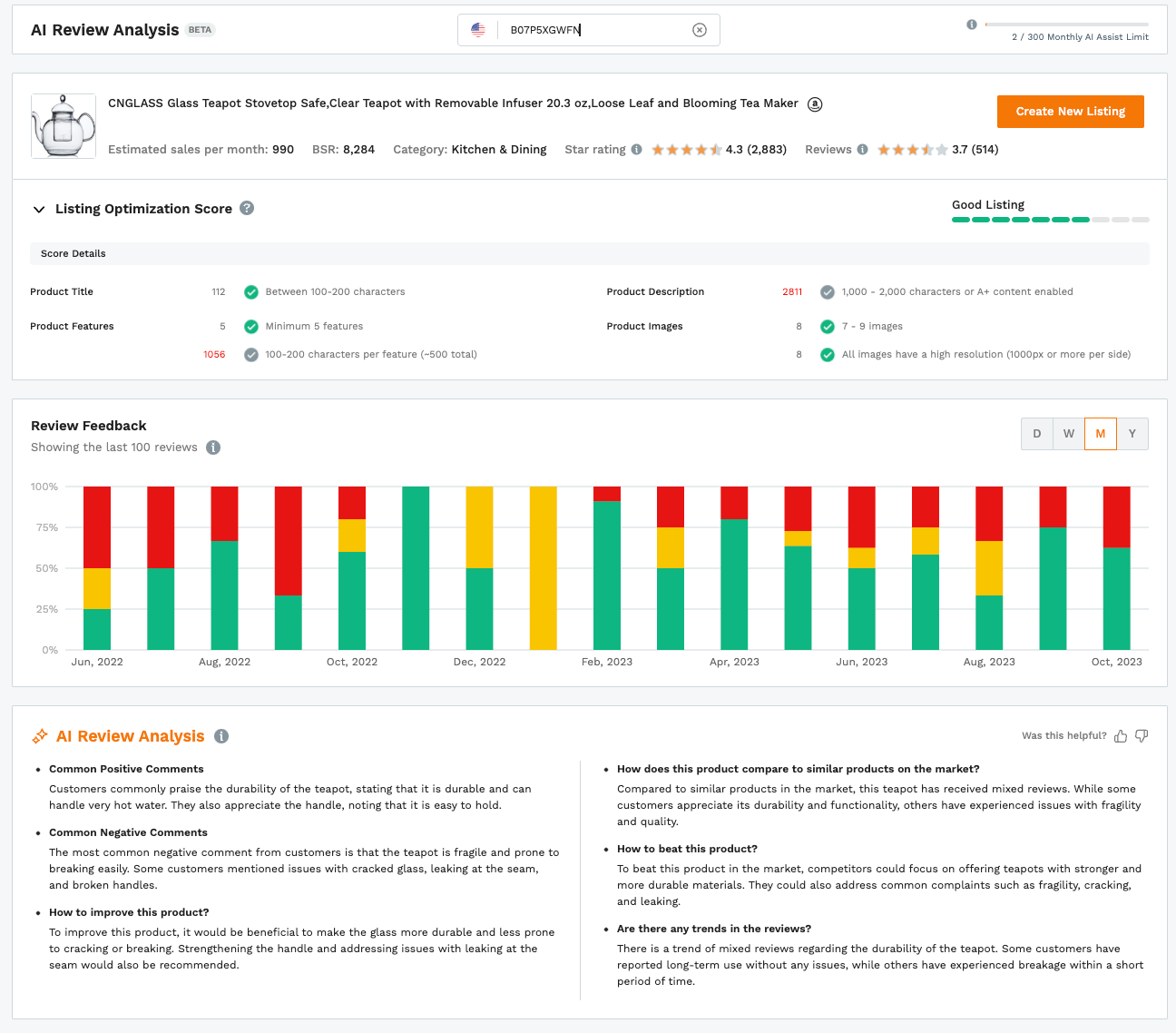
2. Create a memorable visual identity
- Logo and color scheme. Your logo is often the first thing customers associate with your brand. It should be memorable and reflect your brand’s personality. Consistent use of colors reinforces brand recognition.
- Typography. Choose fonts that align with your brand’s tone. Consider how they convey your message to your target audience.
- Professional imagery and video. Invest in high-quality product photography, videography and design. Visually appealing images, videos, and graphics are crucial for leaving a lasting impression.
- Branded packaging. Ensure your packaging aligns with your brand’s visual identity. This not only protects the product but also reinforces your brand in the customer’s mind.
3. Craft compelling brand messaging through storytelling
- Tagline and brand story. Develop a concise tagline encapsulating your brand’s essence. Additionally, create a compelling brand story that resonates with your target audience.
- Consistent voice. Maintain a consistent tone across all communication channels, whether your website, social media, or customer service.
- Deliver a seamless customer experience
- Website design. Your website should reflect your brand’s visual identity and provide an intuitive, user-friendly experience.
- Packaging and unboxing experience. For physical products, consider how the packaging aligns with your brand and how it enhances the customer’s unboxing experience.
- Customer service. Provide exceptional customer service that aligns with your brand’s values. Prompt and helpful responses to inquiries, as well as efficient resolution of any issues, leave a positive lasting impression.
- Improve product quality
- Consistent excellence. Strive for consistency and excellence in the quality of your products. This not only builds trust but also becomes a core part of your brand identity as customers identify your brand with quality.
- Customer feedback. Actively seek and respond to customer feedback to continually improve your products. This demonstrates a commitment to quality.
Where and how to promote your ecommerce brand
Promoting your brand effectively is just as crucial as creating it. In today’s fast-paced ecommerce landscape, getting your brand in front of the right audience requires a strategic approach.
In this section, we’ll explore key avenues and strategies to promote your ecommerce brand in 2024 and beyond.
1. Social media marketing
Leverage platforms like Instagram, Facebook, TikTok, and Pinterest to showcase your products in a way that aligns with your brand identity. Social media marketing is one of the main marketing tools all brands should take advantage of as you can reach millions of potential customers, organically.
Read more:
2. Content marketing
Create valuable, relevant content that resonates with your target audience. This could be in the form of blogs, videos, or podcasts. Don’t use this as an opportunity to promote your products constantly — solve problems and educate your customers for free. Stay consistent with the content you produce so customers see your brand as an authority in your space.
3. Influencer marketing
Collaborate with influencers whose audience aligns with your target demographic. Authentic endorsements can significantly boost your brand’s visibility. A great place to look for influencers are social media platforms like TikTok and Instagram as short-form content continues to dominate.
4. Email marketing
Use personalized, targeted email campaigns to nurture customer relationships and keep your brand top-of-mind. Send your customers exclusive offers and educational content to learn more about your brand, products, and market.
5. Paid advertising
Utilize platforms like Google Ads, Facebook ads, and social media advertising to reach a wider audience. If you are an Amazon seller, utilize Amazon Advertising to promote your products to customers on and off Amazon.
6. Customer reviews and testimonials
Encourage satisfied customers to leave reviews and testimonials. Positive feedback serves as powerful social proof. Amazon product reviews are like gold to sellers but also add a way for customers to leave feedback on your own ecommerce store, such as Shopify.
To earn more reviews for your brand on Amazon, use the Jungle Scout Review Automation tool that automatically sends Amazon ToS-approved review requests to your customers.
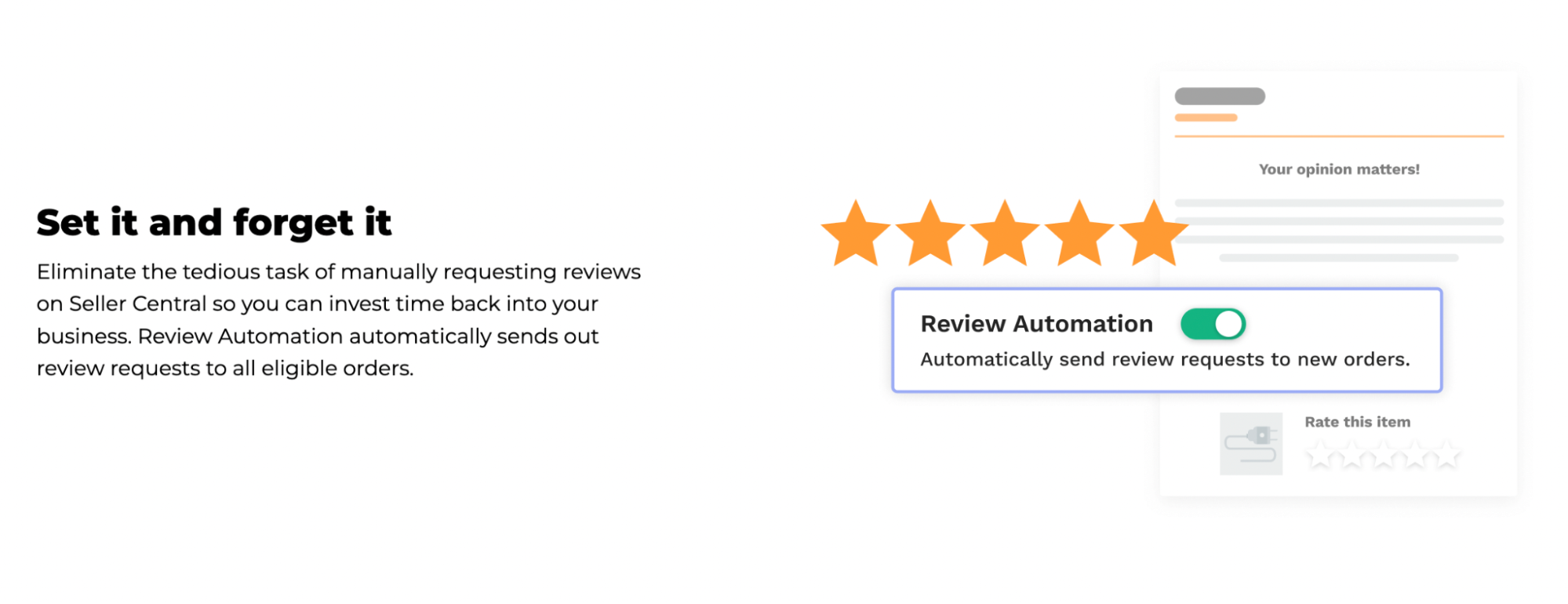
Ecommerce branding examples for 2024
Examining successful ecommerce brands can provide valuable insights and inspiration for your own branding efforts.
In 2024, certain brands have not only captured market share but have also etched themselves into the collective consumer consciousness.
In this section, we’ll take a closer look at some standout examples, dissecting what makes them successful and how their strategies can be applied to your own ecommerce venture. Let’s explore these models of effective branding.
Nike
Everyone knows Nike. Nike’s brand is synonymous with athleticism, determination, and excellence. Their “Just Do It” tagline has become iconic, inspiring millions worldwide.
Think about this: Michael Jordan had such an allegiance with Nike, he used the American flag to hide the Reebok logo on his jacket during the 1992 Olympics ceremony. Talk about brand loyalty.
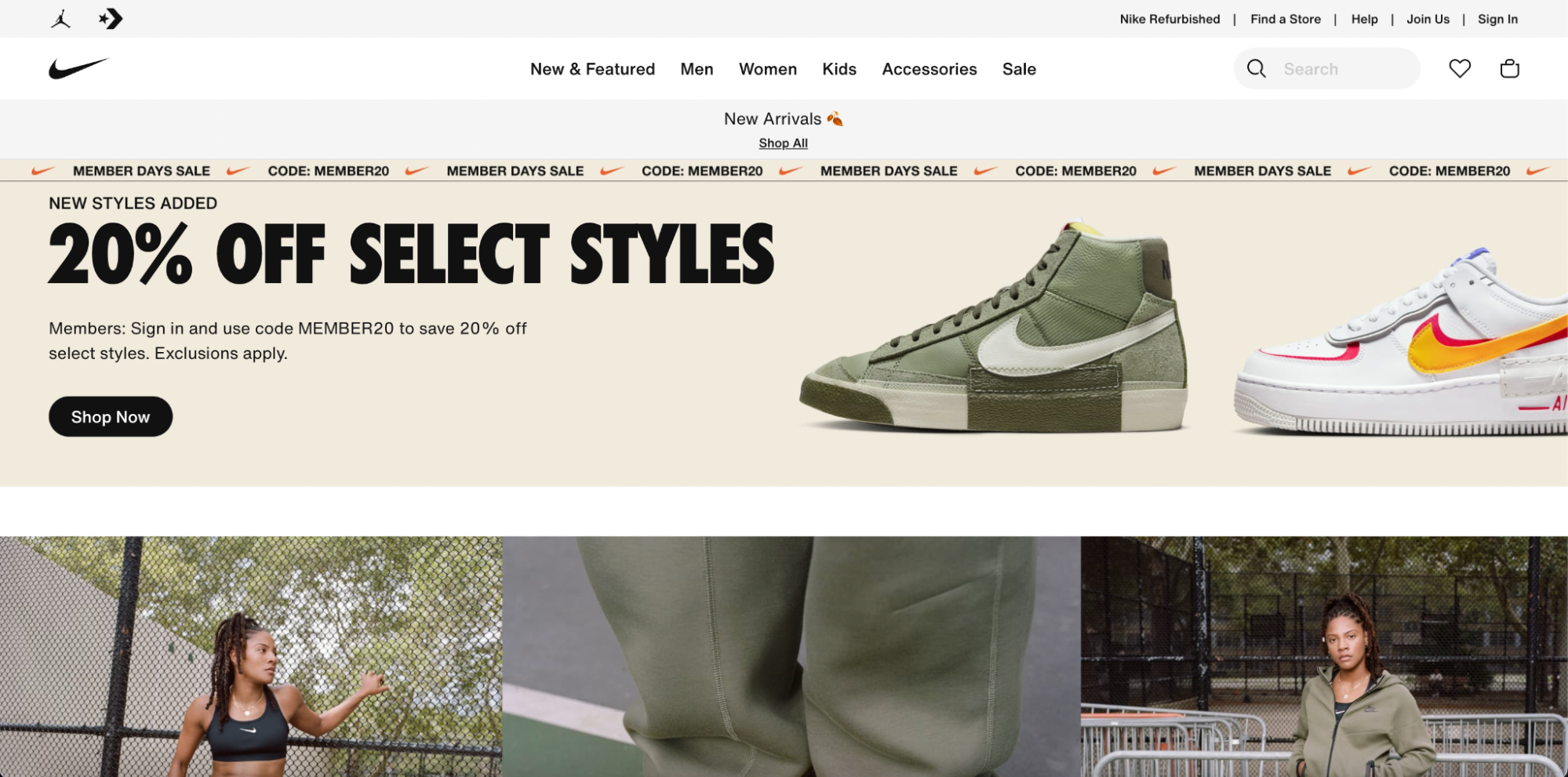
Glossier
Glossier has revolutionized the beauty industry with its minimalist, millennial-friendly approach. The brand’s emphasis on natural beauty and inclusivity resonates deeply with its young, diverse customer base. Glossier leverages social media as a powerful branding tool, showcasing real customers and encouraging them to participate in the brand’s story. The result is a community-driven brand that feels like a close-knit, supportive community rather than just a cosmetic company.
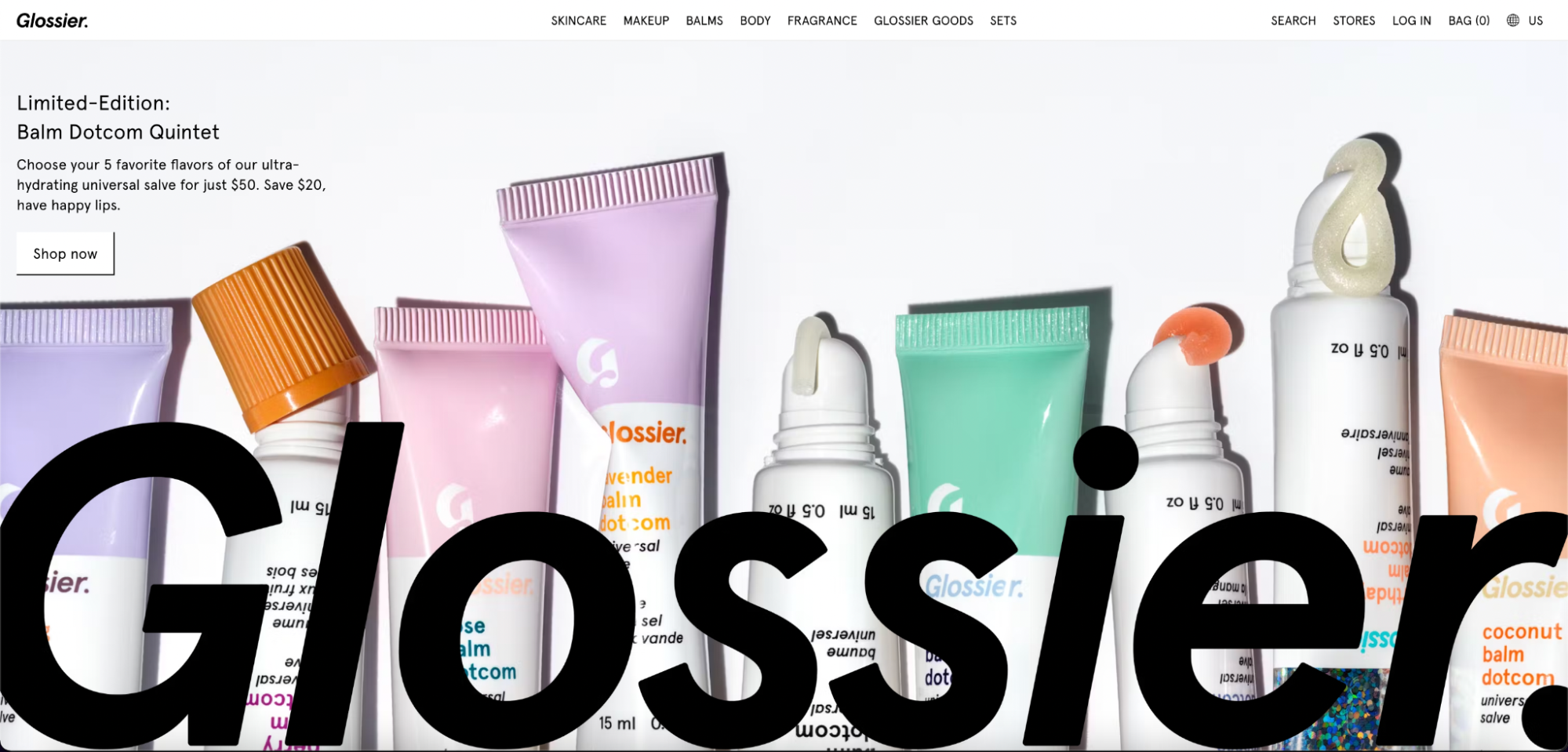
Casper
Casper disrupted the mattress industry by emphasizing comfort, simplicity, and quality. Their brand exudes a sense of reliability, promising customers a better night’s sleep. Casper’s witty, relatable marketing campaigns and straightforward product offerings have endeared them to a wide audience. The brand also excels in creating a seamless online shopping experience, from the user-friendly website to the unboxing of their mattresses, which reinforces the brand’s commitment to a comfortable, hassle-free sleep.
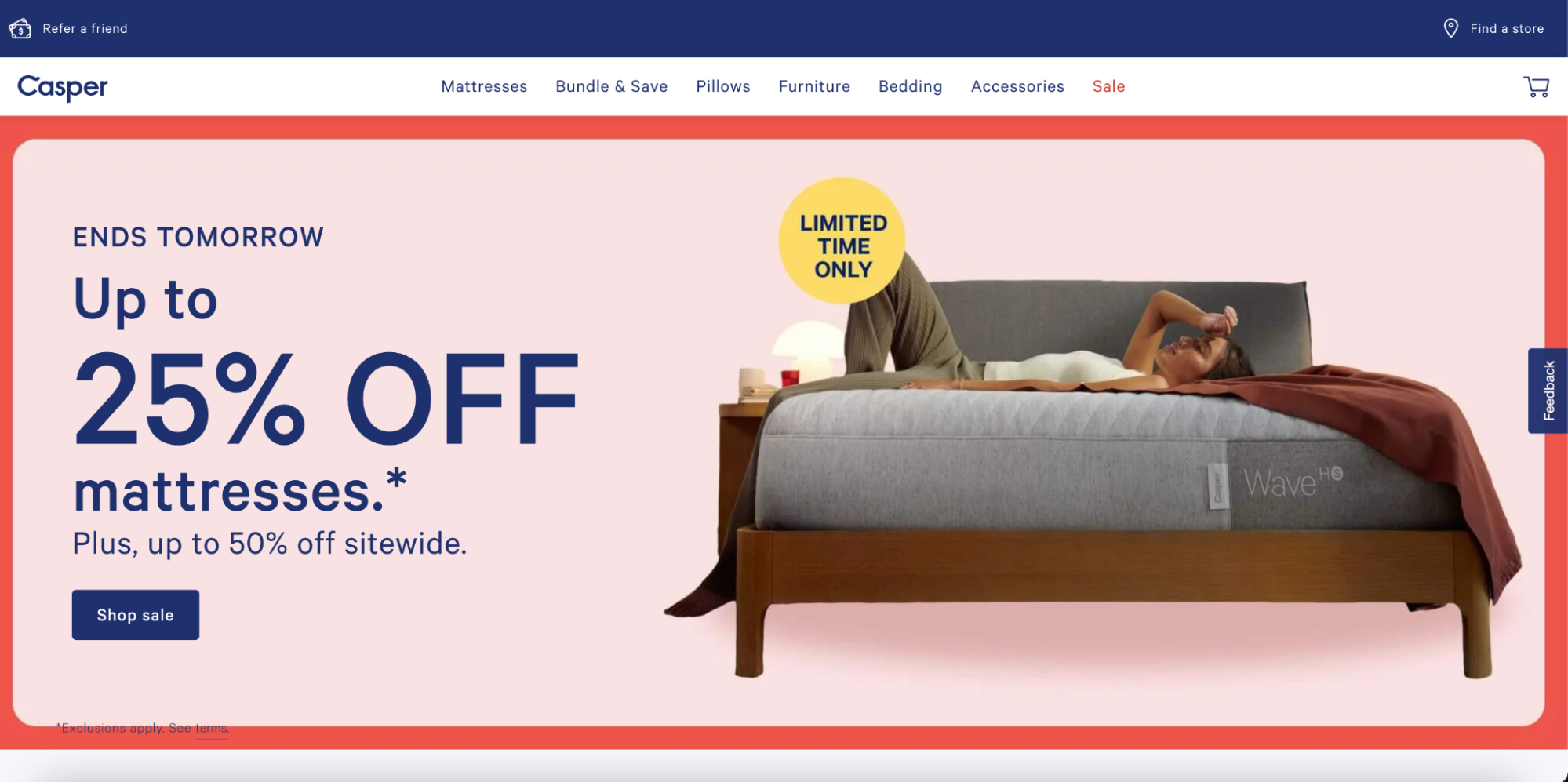
Allbirds
Allbirds, a sustainable footwear brand, has gained traction by prioritizing eco-friendliness and comfort. The brand’s commitment to sustainability is woven into every aspect of its identity, from the materials used in its products to its eco-conscious packaging. Allbirds’ brand story is one of simplicity, focusing on quality and environmental consciousness. This resonates strongly with consumers who are increasingly concerned about the impact of their purchases on the environment.

What is your brand’s identity?
Effective branding is a cornerstone of success in ecommerce. By defining your brand, creating a compelling visual identity, and delivering a seamless customer experience, you can stand out in the competitive landscape of 2024 and beyond.
Promoting your brand through various channels further reinforces your identity and builds trust with your audience. Remember, a strong brand is not just about making sales but about building lasting relationships with your customers.


